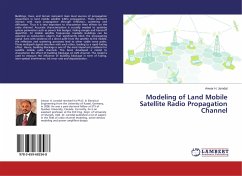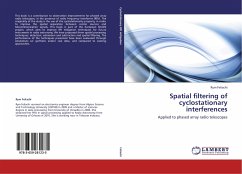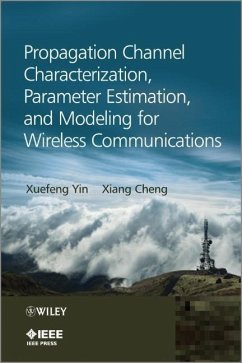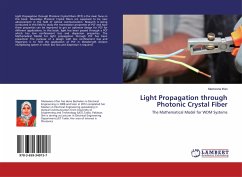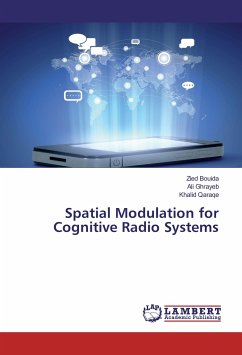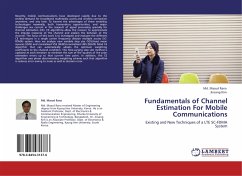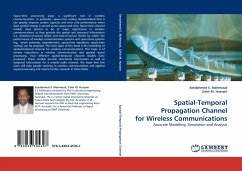
Spatial-Temporal Propagation Channel for Wireless Communications
Accurate Modelling, Simulation and Analysis
Versandkostenfrei!
Versandfertig in 6-10 Tagen
52,99 €
inkl. MwSt.

PAYBACK Punkte
26 °P sammeln!
Space-time processing plays a significant role in wireless communications. In particular, space-time coding demonstrated that it can greatly improve system capacity and error rate performance when data symbol energy is spread across space and time. Space-time channel models have proved to be of major significance in wireless communications as they provide the spatial and temporal information (i.e. direction-of-arrival (DOA) and time-of-arrival (TOA)) by which the performance of wireless communication systems and space-time systems (eg., smart antennas, beamformers, space-time equalizers, space...
Space-time processing plays a significant role in wireless communications. In particular, space-time coding demonstrated that it can greatly improve system capacity and error rate performance when data symbol energy is spread across space and time. Space-time channel models have proved to be of major significance in wireless communications as they provide the spatial and temporal information (i.e. direction-of-arrival (DOA) and time-of-arrival (TOA)) by which the performance of wireless communication systems and space-time systems (eg., smart antennas, beamformers, space-time equalizers, space-time coding) can be analysed. The main topic of this book is the modelling of spatial-temporal channel for wireless communications. This topic is of utmost importance in wireless communication and applied signal processing. Four different spatial-temporal channel models were proposed. These models provide directional information as well as temporal information for a mobile radio channel. Wehope that this work will help people working in wireless communication and applied signal processing and inspire further research in these fields.




